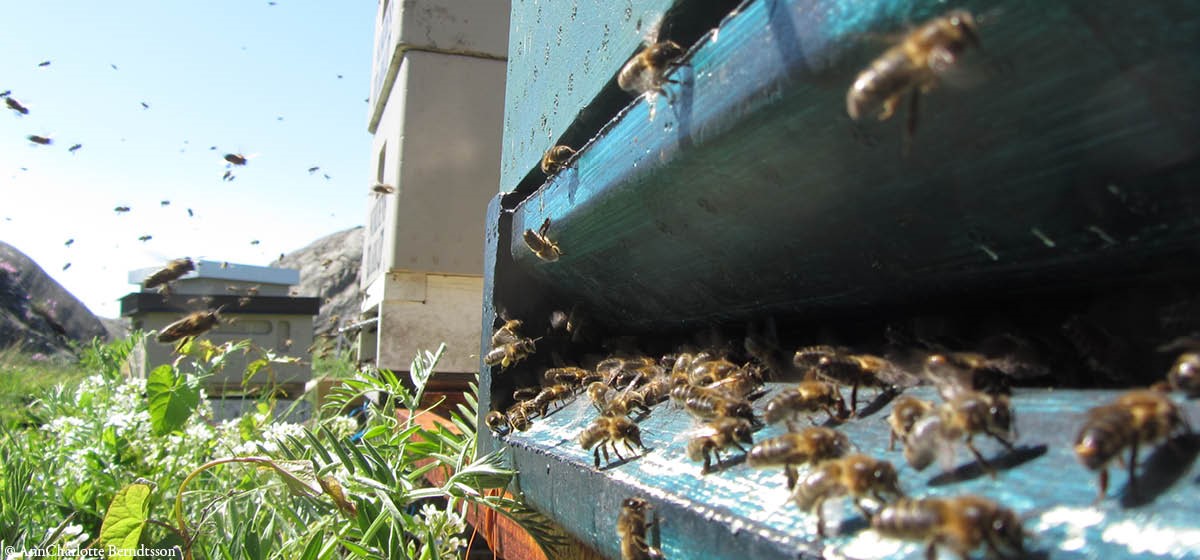Meadows and pollinators
The meadows and pastures are some of our most species-rich habitats. In addition to a high diversity of flowers and fungi, these lands are also an important habitat for pollinators, butterflies and birds, among others. In the past, there were plenty of flower-rich environments such as meadows and pastures, but they have declined drastically, along with the species that live there. Less than one percent of meadows remain today compared to hundred years ago.
In the past, meadows were vital to provide fodder for the animals in the winter. The meadow was cut with a scythe and when the grass had dried it was removed from the meadow. The fact that the plant material is removed results in lean and nutrient-poor soils, something that enables many different plants to coexist without a single plant species "taking over".
As agriculture has been rationalized, the conditions for the meadow and natural pastures have changed. Winter fodder for the animals is now grown in fields instead of in the meadow, and the former function of the meadow has disappeared. This has lead to that former meadows and natural pastures have overgrown, been converted into fields or planted with forests.
When meadows disappear, many kinds of flowers and the habitat for many butterflies and other animals also disappear. More than a quarter of the red-listed species in Sweden depend on open grasslands for their survival. One species group that has been heavily effected by increasingly large-scale and intensified agriculture and forestry, is our butterflies. Almost a third of the butterfly species are red-listed, with two species, the Assmann's fritillary and the Reverdin's blue, feared to be nationally extinct and many others having declined greatly.
What does Nordens Ark do?
Nordens Ark works on several fronts to preserve meadows and their inhabitants. In our Ecopark, we restore around 300 hectares of land where we work to recreate an open landscape with the help of our grazing native breeds. We also recreate many meadows by mowing and sowing meadow flowers. Examples of two species are sticky catchfly and ragged robin, which are very important nectar plants for bees, bumblebees, butterflies, and other wild pollinators.
To save some of Sweden's most threatened butterfly species, Nordens Ark works with breeding and reintroduction. The aim is to build a rescue populations for species such as the clouded Apollo and the chequered blue, in order to be able to produce a large number of individuals for release into restored habitats. All work takes place within the framework of the action programs for threatened species in close cooperation with the relevant county administrations.
News from the project – January 2025
Several new meadows were established at Nordens Ark in 2024—an important step in promoting biodiversity. By converting former spruce plantations and planting wildflowers, we aim to create a rich ecosystem. The goal is to increase species diversity from a handful of plants to over 50, benefiting butterflies, bees, and other pollinators.
A new butterfly greenhouse was also built, expanding our capacity for breeding endangered butterfly species.




